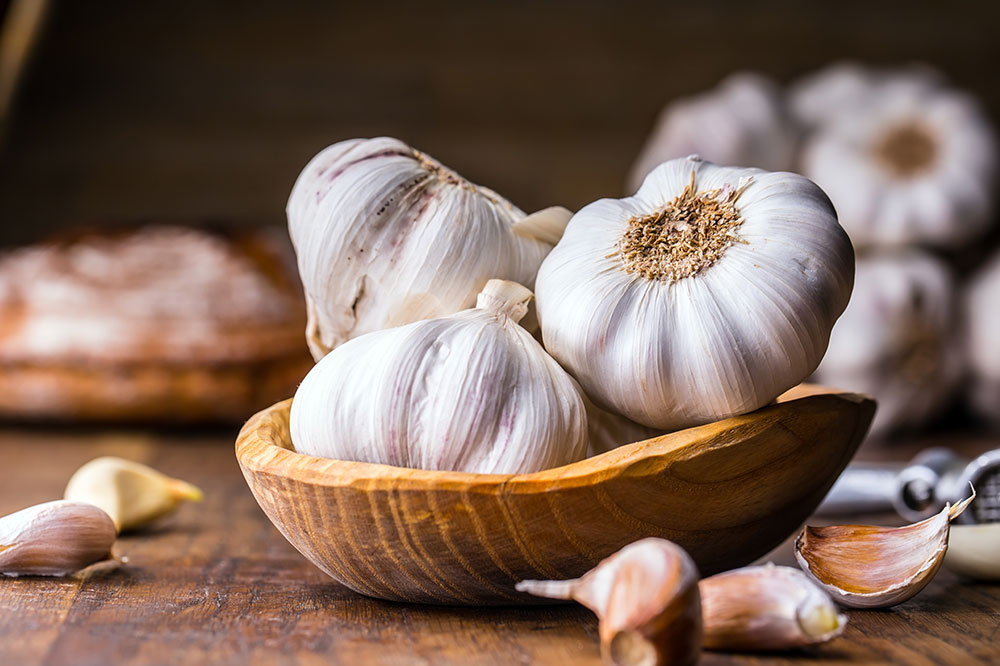Top 5 Natural Remedies to Manage Asthma and its Symptoms

Asthma is a respiratory condition where the airway path gets inflamed and swollen. This can cause the airways to become narrow, making it difficult to breathe. Most individuals may also experience other symptoms such as coughing or wheezing along with shortness of breath. In some cases, individuals may have minor symptoms, but these symptoms might not hamper day-to-day functioning. Read on to learn more about natural ways to manage asthma.
Buteyko breathing technique
Some natural remedies for asthma focus on building lung capacity and improving breathing. And one of the ways to do this is with the help of breathing exercises. The Buteyko Breathing Technique, commonly referred to as BBT, is one such exercise that can help your lungs fight against unfavorable conditions such as asthma. Several studies show the Buteyko Breathing Technique’s ability to help manage the symptoms of asthma. It does so with the help of a slow and gentle breathing method. In this technique, the individual has to focus on breathing out of their nose instead of their mouth. This is because inhaling and exhaling from your mouth can dry the mouth and the airways. This makes the airway more sensitive to allergens and inflammation. With the BBT method, individuals may experience fewer respiratory troubles and infections.
Garlic
Garlic is a common spice that is used in many cuisines across the globe as it adds great flavor to the food. But, many are unfamiliar with its various health benefits. It contains anti-inflammatory properties that can help fight allergic reactions and symptoms of asthma. As per recent research, it is induced that garlic might be a protective agent for use in people with allergic asthma.
Honey
Another natural remedy for asthma is honey. Honey is a sweet, edible substance that is produced by honey bees, and is made and stored in bee colonies. Honey is extracted and often added to various foods. However, many are not aware of its medicinal properties of it, as it is an anti-inflammatory food. It is also a frequent ingredient in many treatments for colds and coughs. If you want to try honey to soothe the symptoms of asthma at home, you can mix it into a hot beverage such as herbal tea. This concoction will provide you with some relief from asthma symptoms. However, you should also note that there is not enough scientific evidence to prove that honey can replace any of the home remedies for the management of asthma. Instead, it is best used as a supportive treatment, when combined with other substances.
Omega-3 oils
Omega-3 fatty acids are necessary to the body and have plenty of health benefits. They can help fight depression and tackle anxiety. They also improve eye health and reduce the risk of cardiovascular diseases. Omega-3 fatty acids are also known for fighting inflammation and tackling autoimmune conditions. This is favorable for those who have asthma, as multiple signs and symptoms of the condition are a result of inflammation in the airways.
Omega-3 fatty acids also help with improving lung function, making breathing relatively easier. Omega-3 fatty acids are found in high quantities in fatty fish such as salmon and mackerel. But, if you prefer vegan, you can get your daily dose of Omega-3 from flax seeds and nuts. You can also try Omega-3 supplements. However, make it a point to check prior with your healthcare professional before adding it to your daily routine.
Yoga
Breathing exercises make the lungs stronger and improve breathing. while also helping tackle signs and symptoms of asthma. It is believed that yoga has a plethora of breathing exercises that can help you with managing asthma symptoms. That said, it also prevents stress which can help reduce the flare-ups of this condition. However, further research is needed to understand how yoga can help with asthma and also reduce the frequency of asthma attacks.
Hypnotherapy
Hypnotherapy, often referred to as guided hypnosis, is a psychotherapy type that uses relaxation, deep concentration, and attention to bring one to a state of mindfulness. It allows the individual to go into a trance or an altered state of awareness. This method is commonly used to tackle a wide range of issues with the power of your mind. According to a study, hypnotherapy is believed to be an important tool in ameliorating asthma. It improves ventilatory capacity and promotes relaxation too without recourse to any pharmacologic agents. This can reduce the number of asthma flare-ups, and prevent breathlessness and other symptoms. Hypnotherapy can also help with muscle relaxation that helps fight against chest tightness – another common symptom of asthma.
Mindfulness
Mindfulness is a form of meditation where the individual needs to focus on their body and mind at that moment. This type of meditation can be practiced anywhere and everywhere. All you need to do is sit comfortably, pay attention to different parts of your body, close your eyes, feel your breath, and slowly release the tension from the body. You also need to pay attention to the thoughts in your mind and the sensations in your body. This technique can help relieve tons of stress and prevent any stress-related asthma symptoms. Though some studies suggest a link between meditation and relieving asthma symptoms, further trials with better methodological quality are needed to support this finding.
Speleotherapy
Speleotherapy is a form of modern bio treatment where individuals must spend some time in certain rooms that have similar conditions found in caves and salt mines. This treatment method is used to tackle several conditions including respiratory and skin-related diseases. It helps to reduce irritation, and inflammation, and therefore tackles the caused symptoms. Regarding fighting against asthma, further research is needed to understand how speleotherapy can help. But, few studies show that it has a beneficial effect on short-term lung function. In any case, it is a natural remedy and can only benefit the body and improve overall health when performed correctly.






